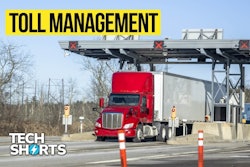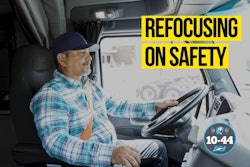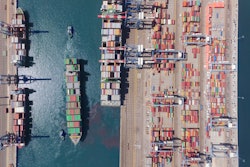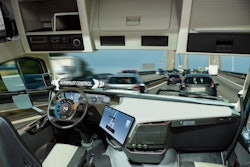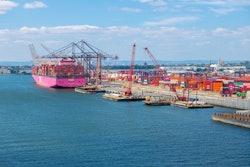Nearshoring is an emerging trend that U.S. carriers think will have the greatest impact on freight transportation over the next three years, according to Trimble’s Transporeon Report, The Road Ahead: Key trends and capabilities shaping the North American freight transportation market.
The report states that Mexico in 2023 surpassed China as the leading source of goods imported by the U.S. for the first time in more than two decades. There was a 1.4% increase in trucks entering the U.S. from Mexico – nearly 3 million in Laredo, which manages almost 40% of truck volume on the southern border – in 2023 compared to 2022.
“Pros are optionality in the supply base and supply chain. Cons are the lack of needed infrastructure in countries like Mexico to support the influx of new demand and industries,” said one supply chain executive survey respondent in the report.
Lack of technology is another con, according to a panel of experts speaking on the rise in U.S. and Mexico cross-border freight movement at the Trimble Insight conference held in Las Vegas late last month.
Though it has improved operations, efficiencies and costs, among other things, in the U.S., that technology hasn’t quite made its way into Mexico and the cross-border process.
[RELATED: Growth of cross-border freight brings concerns on capacity, driver shortage]
Matt Silver, CEO of US-Mexico logistics tech startup Cargado, said any technology deployed in the U.S. is significantly more challenging to deploy in Mexico.
“The current technology landscape (in Mexico) is that there is basically none right now. Everything's been built for the U.S. primarily. TMS are mostly built for the United States. Visibility products are built for the United States. Everything's been built for the U.S. because everyone sees that as a big market,” Silver said during the panel discussion. “I think with nearshoring starting to really help grow Mexico trade, we're going to see a lot more technology going into the space. We're starting to see more startups in Mexico that are focusing on logistics … and I think we'll thankfully start to see some investments as people start to take Mexico more seriously as a top trading partner for the U.S.”
While technology across the board – from back office to cabs of trucks – is needed, Ed Habe, vice president of Mexico sales and services at Averitt Express, said Averitt’s biggest challenge so far is visibility, especially LTL pool distribution tracing.
“We pick up full trucks all over Mexico loaded with LTL shipments that already have tracking numbers on them. In many cases, those tracking numbers have already been given to their customers in the U.S.,” Habe said. “Unfortunately, it could be two days, three days, four days before that trailer arrives to Laredo, El Paso, wherever, and then those shipments get uploaded. So you have a lot of customers looking for the freight, punching in PRO numbers that have no visibility, no history, and that's causing grief with a large number of our customers.”
Patty Hinojosa, vice president of Mexico sales and operations for freight broker CargoQuotes LLC, said her company requires Mexican carriers to share their GPS and permitted stops.
She said she is anxiously awaiting new technologies to better the cross-border process, which currently involves three carriers when shipping a southbound load. Hinojosa offered herself as a resource to tech companies looking to develop cross-border technologies that actually work versus patchworking problems.
“Work with someone that understands the culture because it is a cultural thing in their relationship with Mexico,” she said. “It’s a key factor for greater success.”
Silver agreed, adding that if technology is built for the industry by people that actually understand the industry, users enjoy the technology more and like using it instead of begrudgingly using it.
“I think the industry deserves better technology that helps people collaborate with each other. Right now, there are a lot of individual tools or solutions that people are using to do different jobs,” he said. “I remember meeting with a broker in Laredo a month ago, and the guy told me that they rely on a list of like 10 different products just for carrier management or procurement … and everybody in this industry is trying to build their own thing for themselves … and they're all doing it in a similar way.”
Habe said as the border cities boom with growth at the onslaught of nearshoring, his hope is transportation technology companies urgently address challenges carriers and brokers face in cross-border trading.
“This is how it's going to be. It’s not just the flavor of the month,” Habe said. “This is how trade in North America is going to work. It's transformed.”




